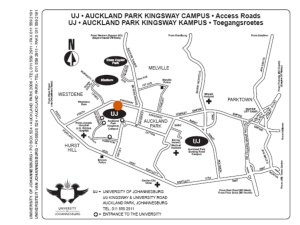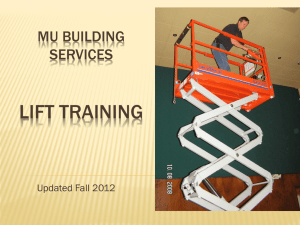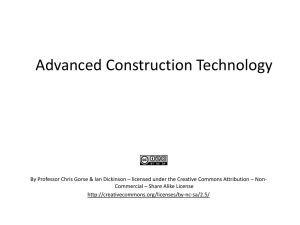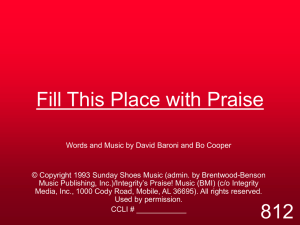Teacher Training - Shagra 9–10th February 2013 & Taif 13th
advertisement
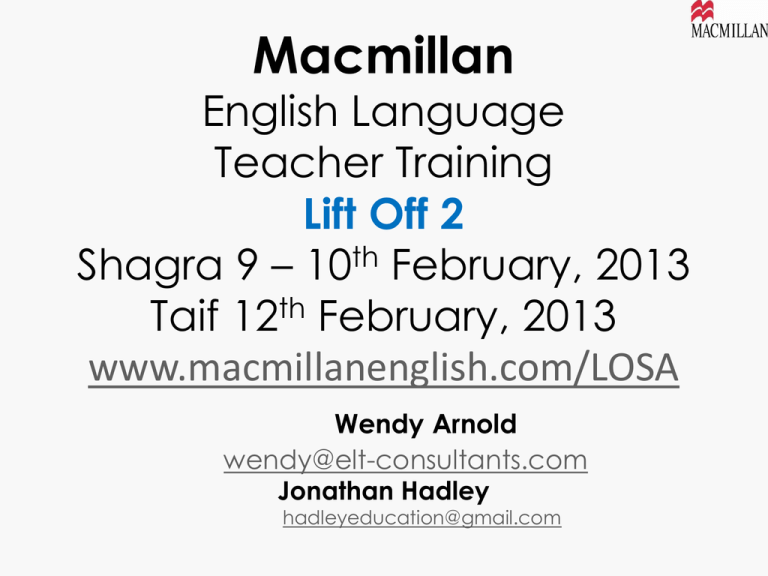
Macmillan English Language Teacher Training Lift Off 2 Shagra 9 – 10th February, 2013 Taif 12th February, 2013 www.macmillanenglish.com/LOSA Wendy Arnold wendy@elt-consultants.com Jonathan Hadley hadleyeducation@gmail.com Grade 7 – Term 2 DISCUSSION POST DEMO LESSON Teacher’s Book • Does the lesson have clear and relevant learning objectives for the students? • Does the lesson have a clear and logical structure? • Does the teacher follow the Teacher’s Book? Starting the lesson • Does the teacher get the students’ attention at the start of the lesson? • Does the teacher introduce the lesson clearly? Classroom management • Does the teacher interact with the whole class? • Are the instructions clear and logically ordered? Teaching for success • Does the teacher prepare the students so they can achieve the activities? • How do they do this? Delivery of lesson • Is the lesson well-paced? • Is new language presented clearly? • Are examples relevant to students’ knowledge and interests? • Is there a range of activities? • Do students participate actively in the lesson? Finishing the lesson • Does the teacher summarise the lesson clearly? • Are the lesson objectives achieved? Getting to know the content and components of Lift Off 2 10 Lift Off Level 1-2 Lift Off Level 3-5 Lift Off Training Resources on website Useful websites http://www.macmillanenglish.com/losa/ PASSWORD: ELDP [Please don’t give to students!] http://app.macmillanksa.com/ http://app.macmillanksa.com/ Course components of Lift Off 1-6 Student’s Book and Workbook Teacher’s Book Flashcards Website: www.macmillanenglish.com/losa Posters Understanding the teaching approach Differentiation in materials: Lift Off includes the following icons to help teachers deal with less and more able learners within their classes (this could also be useful for teachers who lose time in the term for whatever reason and need to identify core materials to cover in limited time). - C = core materials, these need to be taught in order to cover all the syllabus - D = desirable materials, these could be taught in order to consolidate learning 17 Understanding the teaching approach Differentiation in materials: Lift Off icons will appear in the following materials - Unit 1 Lesson 1 – 3 CORE Saudi Review 1 DESIRABLE Unit 2 Lesson 1 – 3 CORE Saudi Review 2 - DESIRABLE 18 Grade – Term 2 C = CORE Pronunciation corner C = CORE Useful tips on difficult language C = CORE Useful tips C = CORE Cognitive skills of matching and identifying C = CORE Gap fills Choosing correct words True or False activities C = CORE Re-ordering words Personalizing Choosing correct words C = CORE Personalizing Correcting errors Writing answers D = DESIRABLE Grammar study NEW A bilingual dictionary helping the learners to make meaning by linking English and Arabic text – learners could also make their own visual dictionary by adding small pictures. SPECIAL FEATURES LOOK box to highlight tricky language points PAIRWORK CHECK – learners check each other’s work REVIEW – with GRAMMAR STUDY box. Learners study in class and copy for homework. Covering the syllabus of Lift Off 2 • How fast should you teach? • Lift Off 2 is designed be covered completely in the second semester of Grade 7, the first year of the Intermediate Stage. In order to ensure that you cover all the teaching material, please use a calendar to check how many teaching weeks there are in that particular semester. Then carry out this calculation: Number of weeks x 4 (the number of class lessons per week) 10 (the number of units in Lift Off 2) • The result of the calculation will tell you how many class lessons you can devote to each unit of Lift Off in order to cover all ten units of the Student’s Book in the first semester [your students should do most or all of the workbook activities as homework]. What should you do if you work more slowly than you intended? • You should aim to cover all parts of the materials. However, in some circumstances, for example if books arrive late in your school or you work with a slower than average class, you might find you are short of time. If this is the case, please consult the chart below. The chart will help you choose which are the most important parts of the book to cover [Core materials] and which parts of the book are not so important [Desirable materials] and [Extension materials]. GAMES GAMES contd/... Rubrics in materials Using the Teacher’s Book as your LESSON PLAN C=CORE C=CORE C=CORE D = DESIRABLE Discussion points The speed of teaching 1 How many weeks are there in the first semester? 2 How many lessons are there each week? 3 What lessons are you doing this week? 4 What should you do if you are going too fast? 5 What should you do if you are going too slowly? 40 Reviewing 41 The contents and components Lift Off 2 Summary • There are 40 teaching lessons Getting to Know the Materials • There are 10 units with 3 lessons in them • There is a revision lesson every unit •InThe Pupil’s Book and are pairs, please use Workbook your Student’s combined Book and Activities Books to answer • There is a Teacher’s Book the questions on Handouts One and • There are flashcards • There is a CD Two 42 Understanding the teaching approach Aim To get an idea of teaching methods and lesson structure Materials Teacher’s Book, Pupil’s Book 43 Understanding the teaching approach Review lessons [every unit]: • revise the vocabulary of the previous unit • revise listening, speaking and pronunciation of the previous unit • revise reading and writing from the unit 44 Understanding the teaching approach Important points: • Lift Off stresses use of language more than teaching grammar BUT it does highlight Grammar Study in the Saudi Review. • Lift Off highlights useful phrases in LOOK. • Lift Off stresses literacy. • The Pupil’s Book presents new language. • The workbook practises new language. • The teaching notes have a clear structure and are easy to use. 45 Discussion points Do you 1 ... look at the Teacher’s Book? 2 ... understand the Teacher’s Book? 3 ... find the Teacher’s Book gives clear information? 4 ... use the Teacher’s Book notes when you teach? 5 Why? Why not? 6 ... check the workbook exercises when and after students in class? 7 ... give marks for the workbook exercises? 8 ... find the CORE, DESIRABLE codes useful? 46 The Teacher’s Book is YOUR lesson plan It contains: aims language materials exercise notes homework core materials desirable materials 47 Discussion points Compare: Please look at TB pages CHECK 1 Was the approach in the lesson different to the Teacher’s Book or the same as the Teacher’s Book? 2 Was the teaching approach practical for your class? Why? Why not? 3 What, if anything, would you change from the Teacher’s Book when you teach your class? Why? 48



